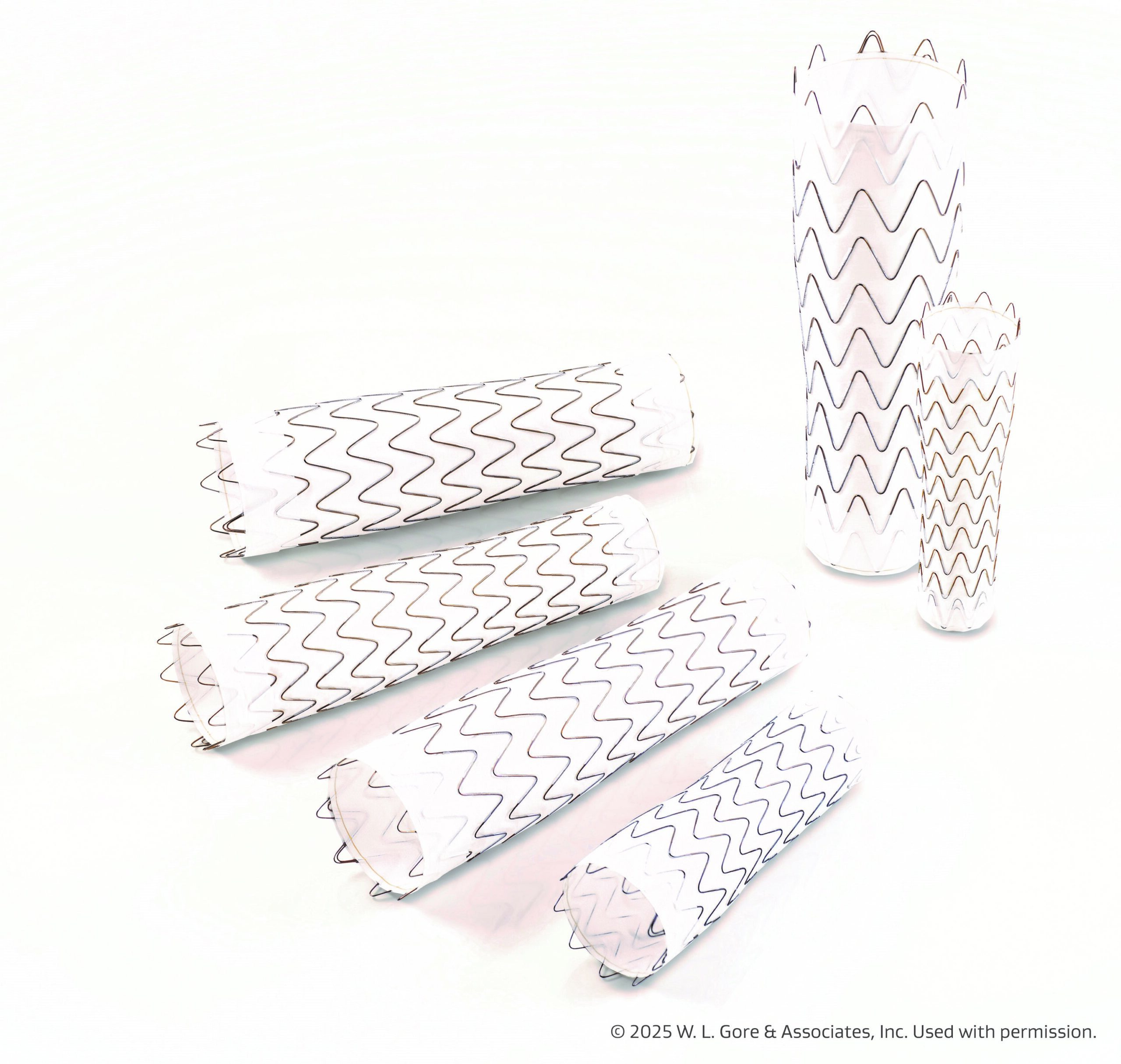New research presented at Transcatheter Cardiovascular Therapeutics (TCT) 2020 showed that while fractional flow reserve management derived from computed tomography (FFRCT) did not significantly lower costs, it did reduce the use of invasive coronary angiography (ICA) in patients with chest pain.
FFRCT utilizes a fluid dynamics computer model to assess the presence of coronary artery disease (CAD), as well as a physiological assessment of vessel-specific ischemia. FFRCT has previously been found to decrease use of ICA that showed no significant CAD, without compromising safety.
The FORECAST trial aimed to compare computed tomography coronary angiography (CTCA) with FFRCT to routine care as a diagnostic strategy for patients with stable chest pain, as well as to assess cost models conducted by the U.K.’s National Institute for Health and Care Excellence (NICE), where FFRCT is already recommended in clinical practice. Primary endpoint was resource utilization at nine months and secondary endpoints included major adverse cardiac and cerebrovascular events, revascularization, angina severity, and quality of life (QOL).
1,400 patients were randomized 1:1 to either CTCA with FFRCT for lesions with stenosis severity of 40% or greater (test arm) or routine assessment directed by NICE guidelines (reference arm). In the test arm, 96% of participants underwent CTCA, of which 33% received FFRCT analysis. Baseline demographics, angina status, and QOL were comparable between the study arms.
The rate of ICA was significantly lower in the test arm compared with the reference arm (19.4% vs. 25.0%, p=0.01). There was no significant difference in Major Adverse Cardiovascular Events (MACE) or revascularization between groups. The use of CTCA with FFRCT, however, did not significantly reduce average total costs compared with routine care at nine months (£1,605.50 vs. €1,491.46, p=0.962).
“Results from FORECAST indicate that CTCA and FFRCT as a frontline strategy may not be associated with the financial savings projected from observational data by NICE,” Nick Curzen, PhD, University of Southampton, and co-author of the study, said in a press release. “However, the reduction in invasive coronary angiography is important and will be very attractive to patients. More data is needed to determine the optimal use for FFRCT in clinical practice.”
Curzen N. A Randomized Trial Of CTA/FFRCT Decision-Making In Patients With Chest Pain: The FORECAST Trial. Presented at TCT 2020.







 © 2025 Mashup Media, LLC, a Formedics Property. All Rights Reserved.
© 2025 Mashup Media, LLC, a Formedics Property. All Rights Reserved.